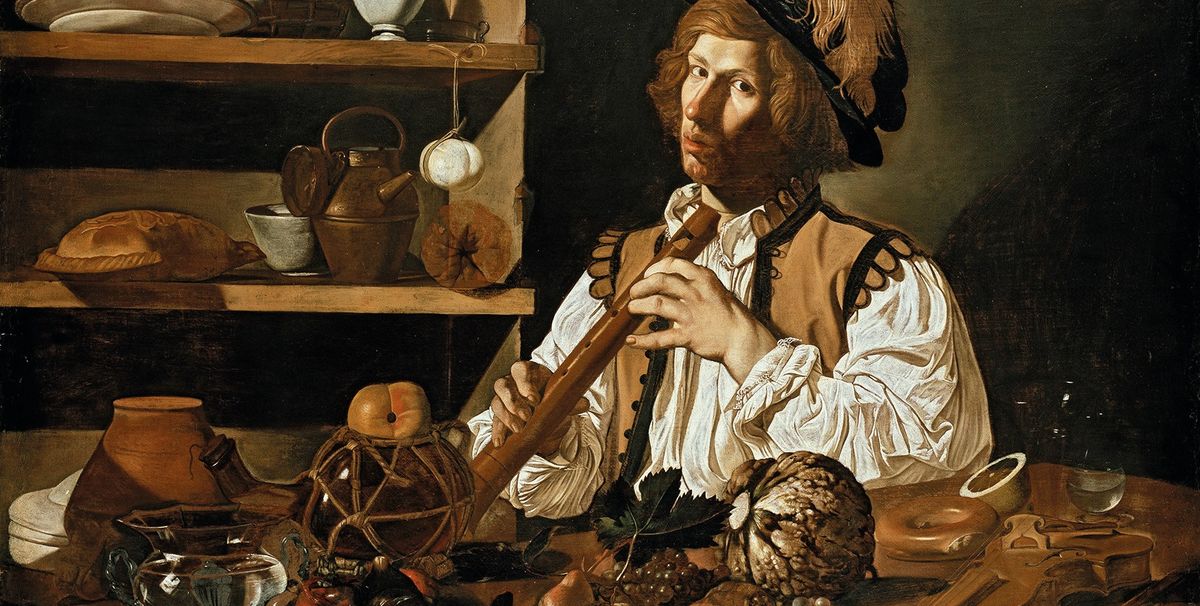Beyond Caravaggio
National Gallery of Ireland, Dublin
until 14 May
Considering that Caravaggio (1571-1610) made a deep impression on patrons in Rome and indelibly made his mark on Neapolitan art, it is remarkable that by the 1630s his influence was spent, while Bolognese classicism and the flamboyance of Pietro da Cortona’s baroque triumphed. The so-called “Caravaggeschi”—Caravaggio’s followers, contemporary and posthumous—are the subjects of this show. Paradoxically it seems that the works of those who tried most closely to imitate him tend to be weak, while those who borrow more loosely from him strain the style label “Caravaggesque” to breaking point.

Vermeer and the Masters of Genre Painting
Louvre, Paris
until 21 May
Twelve of Vermeer’s domestic interiors are being shown among genre scenes by peers, including Pieter de Hooch, to reveal how Vermeer borrowed from, and transformed, the compositions of others. The show runs in parallel with a presentation of 30 works from the Leiden Collection, the largest acollection of works by Rembrandt in private hands. Highlights include a newly discovered painting by Rembrandt, The Unconscious Patient (around 1624-25).

Michelangelo and Sebastiano
National Gallery, London
15 March-25 June
This show turns on the asymmetrical relationship of the two artists. Although most of the 70 works are by Sebastiano del Piombo, the influence of Michelangelo, his mentor, is shown to be extensive and definitive. A strength of the show, sponsored by Credit Suisse, is the number of autograph drawings and sketches that Michelangelo gave his protégé to promote his career and to challenge his arch rival, Raphael.

Baroque during the Enlightenment: 18th-century Masterpieces in Paris Churches
Musée du Petit Palais, Paris
21 March-16 July
This exhibition breaks new ground in exploring an aspect of Ancien Régime painting hitherto overlooked, focusing on the vast number of altarpieces painted for the parish churches of Paris by some of the artists whose names are better known for other genres and styles: Largillièrre, Restout, Lemoine, Carle Van Loo, Vien and David. The exhibition is not confined to the gallery but extends to the church where works, conserved for the show, are still in situ.

In Her Majesty’s Hands: Medals of Maria Theresa
Kunsthistorisches Museum, Vienna
28 March-18 February 2018
Impoverished by her father’s wars and artistic prodigality, Maria Theresa had little money to spend on art and architecture. But she spared no efforts to make her likeness widespread to impress her contemporaries and to ensure her memory for posterity. This show displays some of the finest examples of her medals, arranged according to the themes—warrior, mother, empress—that were used to promote her in various guises.

Rubens: Princely Portraits
Musée du Luxembourg, Paris
4 October-14 January 2018
It was as a page at the court of Marguerite de Lalaing d’Arenberg, Comtesse de Ligne, that Rubens was introduced to the life of the imperial court. The experience put him at ease in the company of those grandees whose portraits he went on to paint—the subject of this exhibition. Portraits of Marie de Médicis, Louis XIII and Philip IV of Spain are displayed along with those of lesser known nobles and aristocrats. Works by Rubens’s contemporaries such as Pourbus, Champaigne, Velázquez and Van Dyck will also be on display.


